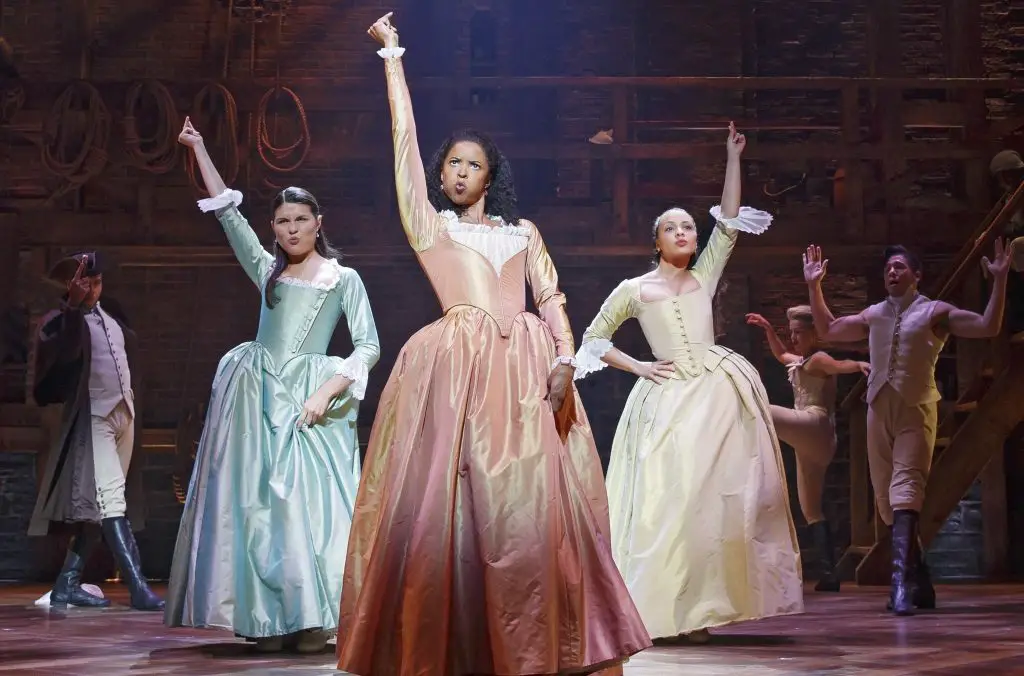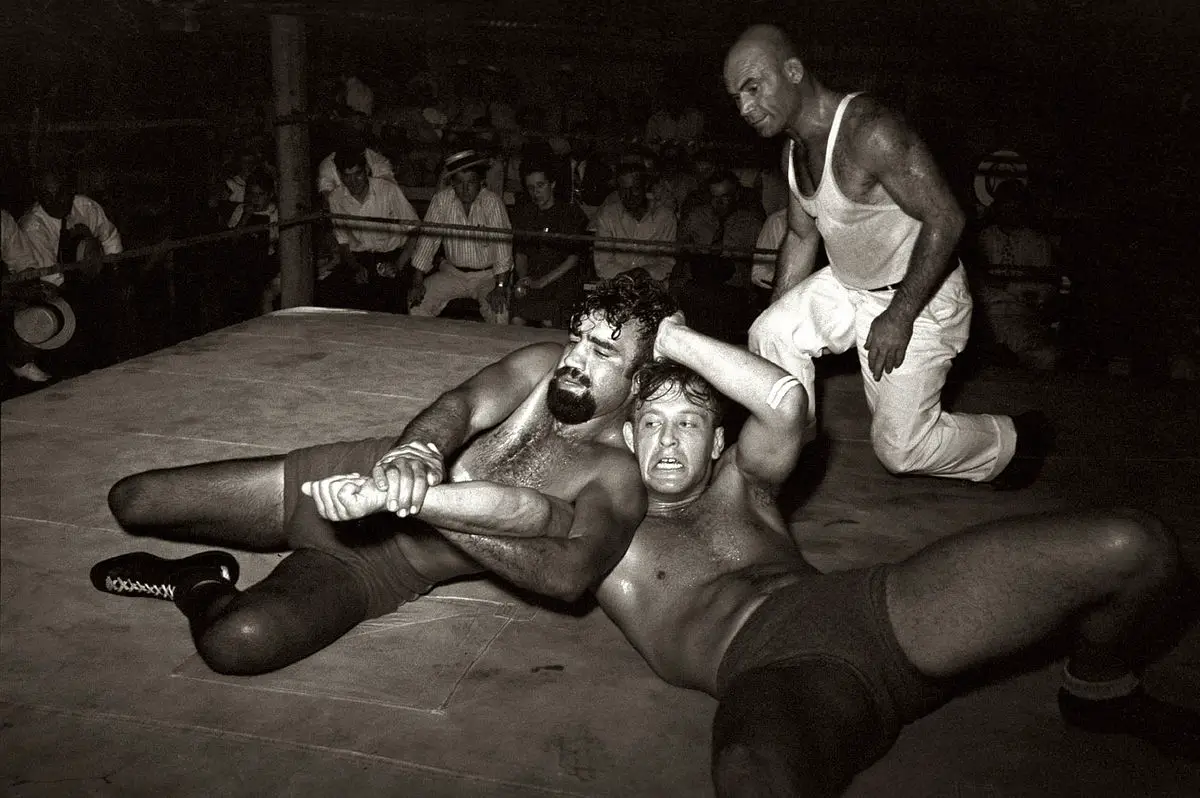For decades, professional wrestling has been one of the most popular forms of entertainment in the world. Somewhere along the way, however, those unfamiliar with the product became more concerned with the fact that it was “fake” than to recognize it as a serious form of media. Often, the idea of becoming a fan of wrestling is limited by the stereotypes that surround it; its history of mistreating women is one of the most poignant examples.
Today, wrestling is in the midst of what some would describe as a renaissance of sorts. With WWE potentially possessing its most talented roster in its history, combined with the explosion in popularity for other independent promotions and wrestlers from around the world, now is a better time than ever to give wrestling a chance. If that does not convince you, perhaps the fact that wrestling may contain many characteristics of things that you already enjoy will change your mind.
1. Theatre
The most enthralling thing about wrestling is the “live” aspect of the performance. Yes, everyone knows that the results are predetermined, but viewing a live show still brings about the anticipation of wondering what will happen.
On the same token, seeing a live theatre production for the first time is intriguing because no two performances are exactly the same, and the one that you are watching will never be performed exactly the same way again. The same line of logics extends to wrestling, as two wrestlers can face each other twenty times and never produce the same match twice, so each time the audience witnesses something different.

Another important aspect of live performance that exists in both theatre and wrestling is the possibility that something could go wrong. Of course, as long as humans are involved, there is a chance that one of the actors in a play could mess up their lines, miss their cue or slip during a choreographed dance. Comparatively, a wrestler could drop another performer on their head, forget their lines during a promo or trip during their entrance.
It is in the possibility that something could go wrong that the flawless performances, in both mediums, are truly special to witness. It is easy to tell when the cast of a play has good chemistry, as they are able to play off of one another to make the performance seem natural and disguise any mistakes along the way. In wrestling, when two performers have great chemistry, it is much easier for the audience to become invested in the dialogue, matches and overall storyline that the two are performing.
2. Anime
Similarly to Japanese animation, wrestling is driven by its characters. The most important aspect of a diverse cast of characters is that each must have their own distinct personalities and motivations. It makes a storyline much easier to follow when one can assume why a character is taking certain actions without it being explained outrightly. This is necessary when the cast consists of over fifty different characters, as both anime and wrestling can, because it would simply take too long to give a full backstory on each character.
Instead, both mediums rely on other means to give the audience more information about each character. For example, in most anime, you can tell which character is supposed to be the villain based on the music that plays when they are on screen. One of the most glaring examples of this are the organs that hit whenever Oruchimaru shows up in “Naruto.” Eventually, the organs begin to give the viewer the cue that some drastic shit is about to happen. Similarly, each wrestler’s first impression is made during their respective entrances, so their entrance music becomes a representation of their personality. Currently, the character who is most accurately represented by his entrance music is the six-foot-ten, 350-pound giant named Braun Strowman. When his music hits, it carries with it the message that someone is most likely about to be broken in half.
In a more literal sense, much of the actual wrestling is beginning to resemble anime combat. More and more performers are implementing acrobatic, high-flying moves, leading to matches that resemble a Cirque du Soleil show more than a street-fight. Last year, two performers, Will Ospreay and Ricochet, put on arguably the greatest high-flying display in the history of wrestling. It was reminiscent of two animated characters fighting, as their pronounced expressions and movements look almost inhuman.
3. Telenovelas/Soap Operas
While the storytelling in professional wrestling has begun to stray away from the typical “soap opera” formula in recent years, there is no denying that the two genres of entertainment have told stories in a very similar fashion as a whole.
One of the most important aspects of a soap opera’s story has always been the plot twist, and some of wrestling’s most important moments of all-time have come from an unexpected twist in the story. Whether it be a performer returning unexpectedly to save the good guys or a popular wrestler turning to the dark side, wrestling has borrowed many of the tropes that can be found in popular telenovelas and soap operas.
4. Documentaries
If there is one thing that everyone should recognize about professional wrestling, it is that the documentaries that have been created about it are fascinating. The easiest way to introduce wrestling to someone who is unfamiliar is to show them one of the “behind the scenes” documentaries that explain a lot about the business that takes place outside of the ring. Not only does it show a side of the medium that is generally unseen to the public, but it allows them to see that wrestling is not all about what takes place during the show.
The best wrestling documentary of all-time is titled “Beyond the Mat,” and it gives fans a look into the lives that wrestlers actually live. After watching, it is instantly more difficult to dismiss wrestling as “fake,” as it shows performers as young as thirty-five years old who are barely able to move around on their own. At the same time, it is the most effective way of showing these performers as real people. If the purpose of a documentary is to give alternate perspective, or to teach about a certain non-fictional topic, documentaries about wrestling should be given the proper amount of appreciation.

















